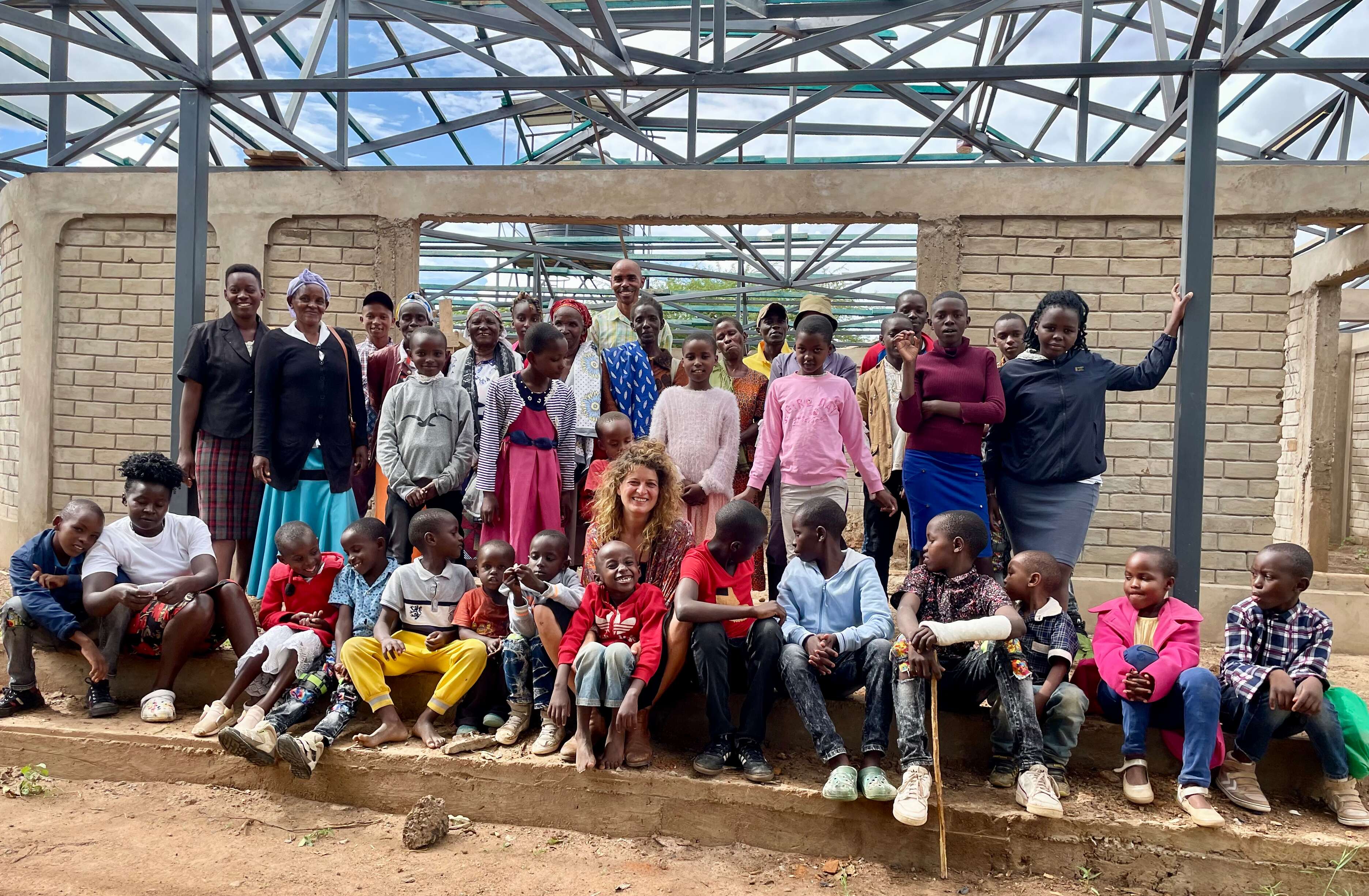Education as the key to a successful future

Why secondary school is so important
Attending secondary school is the key to a successful and self-determined future for children - not only in Kenya. In order to better understand the importance of donations for school education, we would like to explain the Kenyan school system on this page, which was fundamentally reformed in 2023. The school year in Kenya starts in January and is divided into three terms. There is a month’s vacation in between each term before the school year ends at the end of November.
Reform of the education system in Kenya
In 2023, a fundamental change to the school system came into force in Kenya. The previous 8-4-4 system was replaced by the new 2-6-3-3-3 system. Sounds complicated? Don’t worry, we’ll explain it to you.
Basically, the Kenyan system can be divided into three levels: compulsory primary education, secondary education and higher education. The main new features of the 2-6-3-3-3 system are the respective periods of time that children spend in each institution and the introduction of junior secondary school, which divides secondary eduaction into a junior and senior period. The curriculum has also been completely revised and is now more geared towards the children’s interests and offers a wide range of specializations.

The 2-6-3-3-3 system at a glance
Pre-Primary School (for 2 years)
The Pre-Primary School could also be described as a pre-school. It is intended for children from the age of 4 and because there is no kindergarten here in Kivingoni, the Pre-Primary School is the children’s first contact with the education system.Primary School (Grades 1-6)
Attending elementary school is more or less free for families in Kenya. More or less, because although there are no school fees, the costs for teaching materials and school uniforms have to be covered by the children themselves. This can be particularly difficult or even unaffordable for poor families. Wealthy parents also like to send their children to private elementary schools, which differ from public schools mainly because of their smaller class sizes. Primary school is completed with the KCPE (Kenyan Certificate of Primary Education). The results achieved in this certificate determine which secondary school can be attended.Secondary School (Grades 7-9 Junior, Grades 10-12 Senior Secondary School)
Poorer families in Kenya are often unable to attend secondary school because they now have to pay school fees. The change in the education system from 8-4-4 to 2-6-3-3-3 exacerbates this problem, as 6 years of secondary school now have to be paid for instead of 4.
Families are also faced with additional costs. Many of the secondary schools are designed as boarding schools and therefore costs for accommodation and the first small household have to be financed. We explain below what costs are usually incurred.University or college (3 years)Higher education in Kenya takes place at universities or colleges. While students at universities are primarily prepared for an academic career, colleges can be compared to German universities of applied sciences, which often have more practical relevance and prepare students for a specific profession. There are both private and state-funded universities and colleges in Kenya. In either case, tuition fees must be paid, although these are lower at state institutions. Fees are also charged for vocational training at colleges.

This is how much it costs to attend secondary school
Our oldest children in Maua Villa attend secondary school, which we rely on your support to finance. Secondary education opens up new horizons for the children and forms the foundation for their personal development and professional success. Moving to secondary school usually also means moving house, as the children now live at the school. We need an average of EUR 900 per year for each child. This covers the school fees, which vary depending on the school, as well as uniforms and teaching materials. The amount also includes one-off expenses at the beginning of the school year, such as the purchase of a mattress, sheets and bedding, a locker, cup and cutlery, as well as the monthly costs for hygiene products and shoe polish. So that the children can go home during the vacations or visit us in Maua Villa, the amount also includes a portion for travel costs.
You make the difference
Your donation gives our Maua Villa children access to education and the opportunity for a self-determined and successful future. Even a small amount of support makes a big difference in the lives of our children.
Currently, 8 of our children are attending secondary school and thanks to your donations, we have already been able to fully cover the costs of their school attendance for 2024. In order to ensure that our children can continue to attend secondary school in the coming years, we are already collecting donations for the 2025 school year, in which a total of 9 Maua Villa children will attend secondary school. We expect costs of around EUR 900 per year for each child.